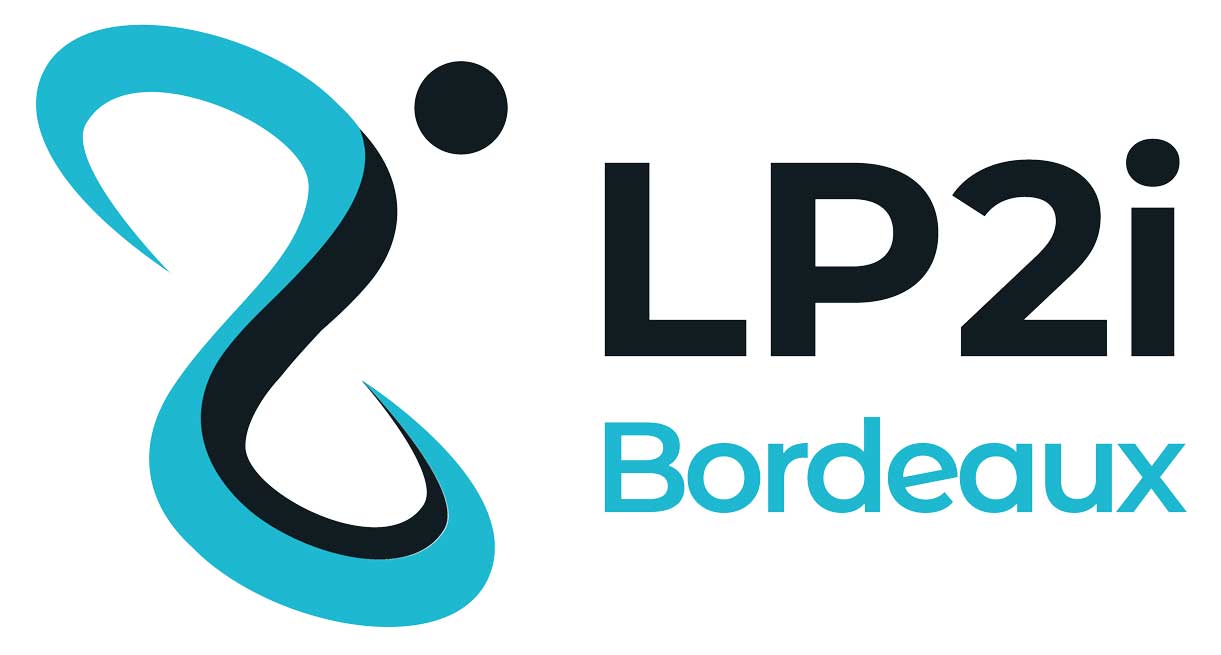ANR Project: SuperResMetalToxSyn
Mechanisms of environmental metals induced cytoskeletal synaptic toxicity: from super-resolution imaging to molecular identification

Rationale
Environmental exposure to neurotoxic metals is a global health concern affecting millions of people worldwide. Four metals (arsenic, lead, mercury and cadmium) have been listed among the ten chemicals of major public health concern by the World Health Organization. Manganese and uranium are two other elements of growing concern. They all cause neurotoxic effects. One solution to tackle this global issue is to better understand the molecular mechanisms involved in the neurotoxicity of environmental metals and to design targeted prevention strategies.
Overall objectives
We propose to assess a new mechanism for metal-induced neurotoxicity based on the direct interaction of metals with the synaptic cytoskeletal architecture and occurring at environmentally relevant concentrations. Such interaction would cause the disorganization of the synaptic structure, possibly by competition with essential metals binding-sites, resulting in synaptic impairments and neurological dysfunctions. We will characterize at the cellular and molecular levels the interactions of known environmental neurotoxic metals (arsenic, cadmium, lead, manganese, mercury, uranium) with synaptic cytoskeleton proteins (tubulin, actin), and will evaluate prevention strategies involving essential elements (copper and zinc).
The project has 4 aims:
- The assessment of environmental metals synaptic toxicity on primary hippocampal neurons;
- The correlative nano-imaging of metals and cytoskeleton proteins in synaptic compartments;
- The molecular characterization of metal-binding to cytoskeleton proteins;
- The assessment of protective effects of essential metals against synaptic toxicity.
Project partners
The consortium: 3 partner teams with complementary skills.
- Partner 1: Chemical Imaging and Speciation team (R. Ortega), Environment & Health cluster, LP2i Bordeaux, CNRS, Univ. Bordeaux. A multidisciplinary team specialized in the investigation of metal dyshomeostasis and toxicology, particularly in neuroscience. The team is highly experienced in synchrotron element imaging in cells, and has developed tools for super-resolution correlative microscopy
- Partner 2: Dynamic organization & function of synapses team (D. Choquet), Interdisciplinary Institute for Neuroscience (IINS), CNRS, Univ. Bordeaux. This team develops research topics, combining neuroscience, physics and chemistry in order to unravel the dynamics of multimolecular complexes and their role in synaptic transmission. IINS team has greatly contributed to reveal the nanoscale organization of synapses, particularly by using super-resolution microscopy techniques.
- Partner 3: Interactions Protein-Metal team (V. Malard & C. Berthomieu), Biosciences and Biotechnologies Institute Aix-Marseille (BIAM), CEA, CNRS, Univ. Aix-Marseille. This team seeks to decipher the mechanisms governing the relationships between living organisms and metals at different scales to better understand the toxicity processes for humans and the environment and how to deal with them.



